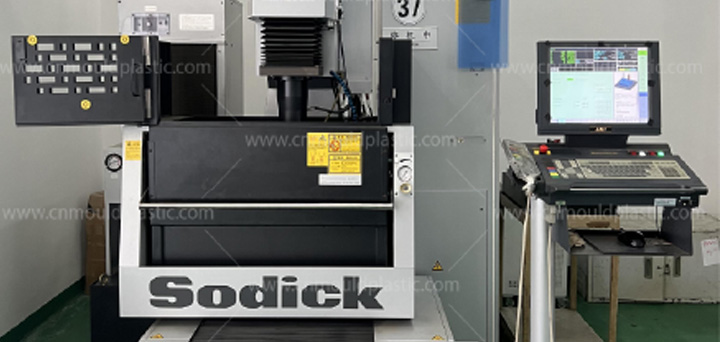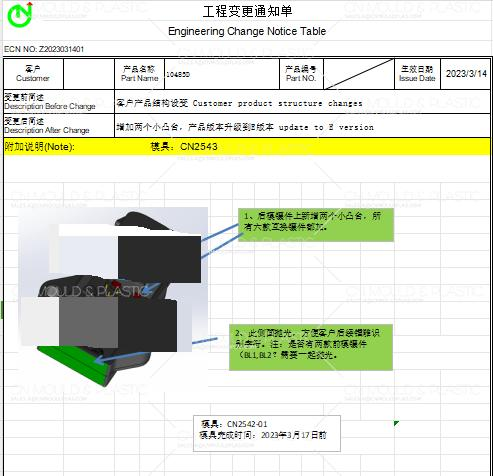Mold production cost refers to the total expenses incurred by enterprises in the production and sales of molds. It includes raw material costs, purchased component fees, outsourced processing fees, equipment depreciation, operating expenses, etc. From a nature perspective, it can be divided into production costs, non-production costs, and off-production costs. Here, we focus on production costs directly related to the mold manufacturing process.
Key factors influencing mold production costs:
1. Complexity of Mold Structure & Functionality:Advancements in technology drive molds toward higher precision and automation, increasing production costs.
2. Precision Requirements:Higher precision and stiffness demands elevate costs. These should align with product requirements and production volumes.
3. Material Selection:Material costs account for ~15–20% of total expenses. Proper selection (matching material type to required lifespan) is critical to optimize costs.
4. Processing Equipment:High-performance, automated machinery increases upfront costs but improves efficiency and quality.
5. Standardization & Specialization:Higher standardization and specialized production reduce costs and shorten lead times.
Mold lifespan refers to the total number of parts a mold can produce while maintaining product quality. It includes multiple regrinds of working surfaces and replacements of wear parts.
Formula:
Mold Lifespan = Single Regrind Lifespan* Number of Regrinds* Number of Wear Part Replacements
Common failure modes:
• Friction wear
• Plastic deformation
• Cracking
• Fatigue failure
• Biting damage
Key factors influencing mold lifespan:
1. Mold Structure: Optimal design (e.g., reliable guiding mechanisms, stress concentration mitigation) improves load-bearing capacity and reduces wear.
2. Material Selection: High-volume production requires premium materials with superior strength and durability. Address metallurgical defects to enhance performance.
3. Processing Quality: Defects from machining, EDM, forging, or heat treatment (e.g., surface roughness, microcracks) compromise wear resistance and fatigue life.
4. Operating Conditions: Equipment precision, lubrication, material pre-processing, and thermal management significantly impact lifespan.
5. Product Characteristics: Material properties (e.g., hardness, elongation) and part geometry directly affect mold wear.
Technical & Economic Indicators:
• Precision & stiffness
• Production cycle
• Cost
• Lifespan
These indicators are interdependent. Balancing them based on product requirements and production volume ensures optimal economic efficiency.


